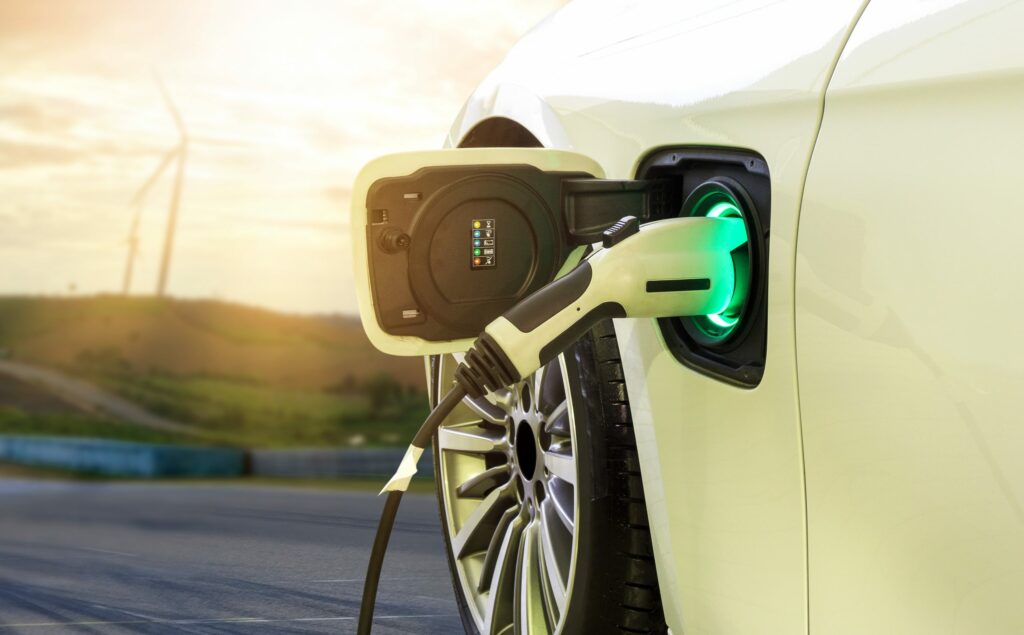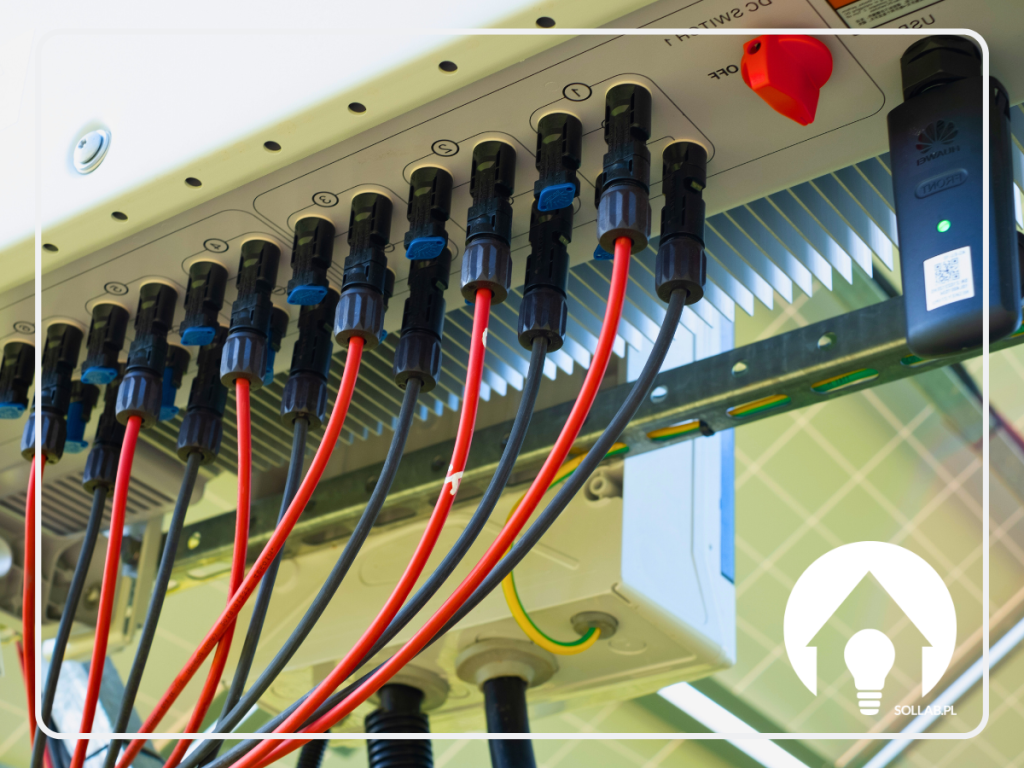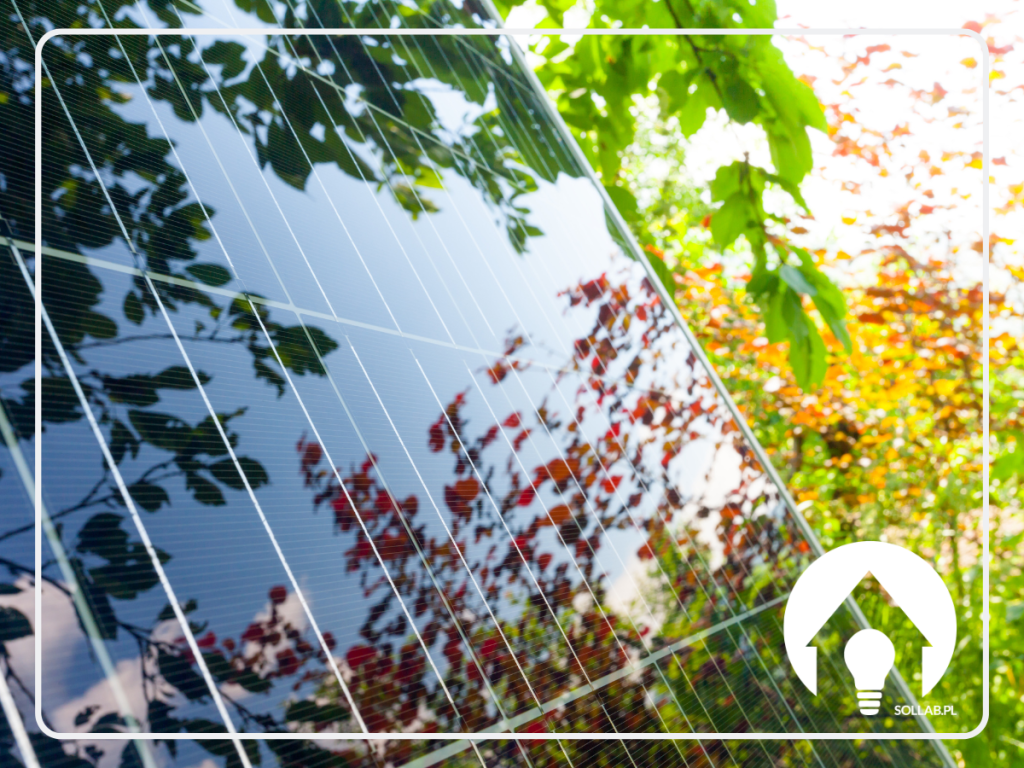Electric vehicle chargers - Gdansk, Pomeranian
The spread and popularisation of electromobility in Poland is closely linked to the development of a network of charging stations.
An increasing number of charging points can be found in publicly accessible places such as petrol stations as well as city car parks, restaurants, hotels and shopping centres. Despite the developing charging infrastructure, it is still insufficient in relation to the ever-increasing number of electric vehicles on Polish roads. According to current data, there are just over 3 fully electric passenger cars per charging point.
Electromobility meter showed that at the end of April 2021, the total number of electric passenger cars was 23,834. This is more than double the 2020 figure.
Number of electric cars registered, as at April 2021:
BEVs battery electric vehicles) i.e. all-electric:
- 11,841 units. (49,7%)
PHEVs. plug-in hybrid electric vehicles), or plug-in hybrids:
- 11 993 pcs. (50,3%)
The number of registered electric vehicle charging station points in April 2021 was 2838 (1456 stations). In April alone, the following were launched 31 new stations, including 58 new charging points.
- 33% DC fast charging stations
- - 67% AC stations (free AC chargers)
Electric chargers
The main differentiating feature electric chargers is the time it takes for an electric vehicle to be fully charged. It depends mainly on the power of the current supplied by the charger. The high power of the device reduces the charging time of the vehicle.
It is also important whether the charger supplies direct current DC whether variable AC. In domestic standard 230V sockets, AC current is present, which makes it take much longer to charge an electric vehicle with it, due to the need to convert the AC current into DC. With DC charging, the electricity goes directly to the battery in the vehicle, reducing the charging time.
- AC chargers
- They deliver alternating current making them slower than DC chargers.
- They use 230V (single-phase - the same as a household socket) or 400V (three-phase or so-called 'force'), the maximum current in both variants being 16A.
- When using a 230V or 400V socket, the charging power is 2-13 kW, this applies to charging without special EVSE protection (if the charger has a built-in EVSE module, the charging power increases and the charging time decreases).
- There is usually a Type 2 connector.
- Vehicle charging time of 2 to 5 hours
- DC chargers
- They deliver direct current, making them faster than AC chargers.
- They use a voltage of 400-800V and a current of around 300-500A.
- Charging power: from 50 to as much as 350 kW
- Typically there is a dedicated connector for various electric vehicle models - CCS Combo, Chademo, Tesla Connector and Type 2
- Vehicle charging time of up to 2 hours
Recently, the Polish electromobility market has seen a novelty in the form of 100 and 150 kW electric chargers. They are adapted to charge the latest electric cars.
Charging stations
Three main types of electric vehicle charging stations can be distinguished:
- High-speed (DC) stations from around 50kW
- Medium-speed (AC) substations from 11kW to 22kW
- Free (AC) substations below 11 kW
The choice of the type of charging station depends on where it is installed. The more powerful ones can be found on motorways, motorways or next to business premises.
The charging station should have:
- normal or high power charger
- a system that monitors charging and is prepared to charge
- dedicated parking space.
Chargers with a power of 3.7 kW or less are not charging stations. Those with a power of 3.7-22 kW are normal power charging stations, while those above 22 kW are high power charging stations.
Ecology at the heart of electromobility
Unfortunately, in Poland The electricity grid is still not sufficiently modernised and improved for the electromobility market to develop adequately. Renewable energy-powered power plants and energy storage facilities are still lacking. Without these, the outdated grid will be unstable and electricity supply insufficient.
In addition, even electric vehicles in Poland often use energy from non-renewable sources, mainly coal. This conflicts with the idea of ecology and improvement of air quality, for which users give up combustion vehicles. This is why it is so important to spread the idea of electromobility together with a vision of developing renewable energy, such as sunlight. Such solutions are made possible by Sollab Fotowoltaika, which creates environmentally friendly photovoltaic installations.

















